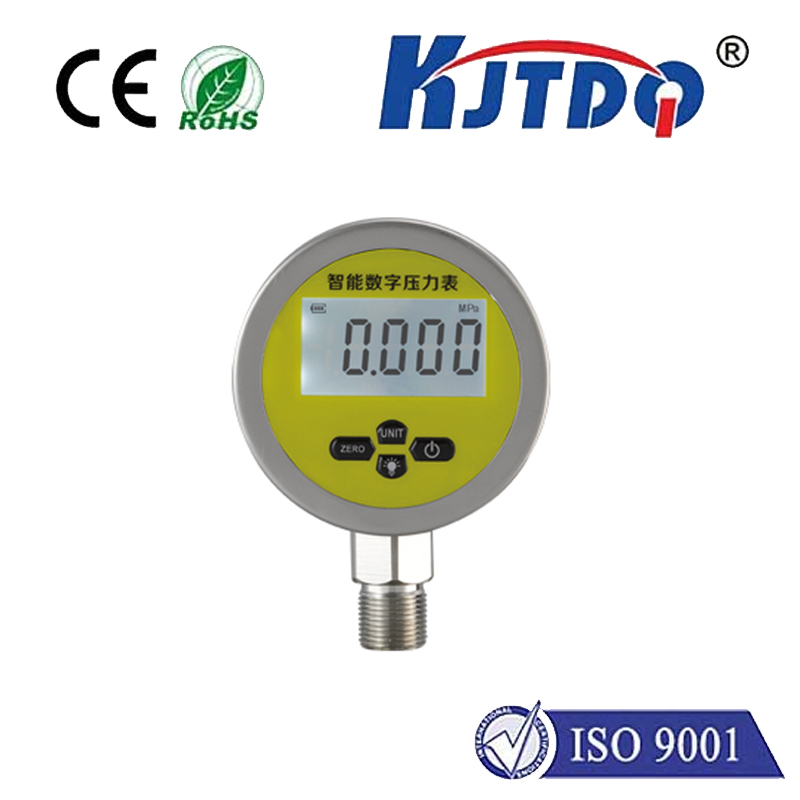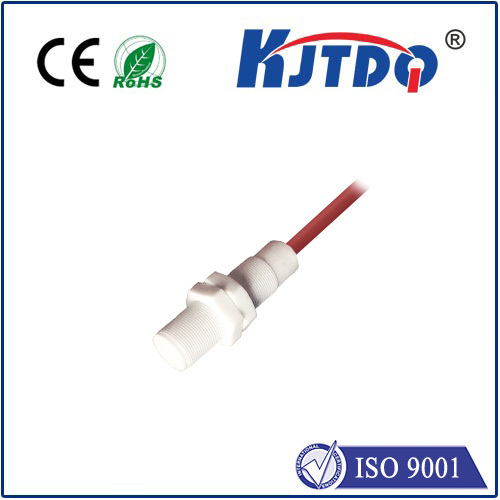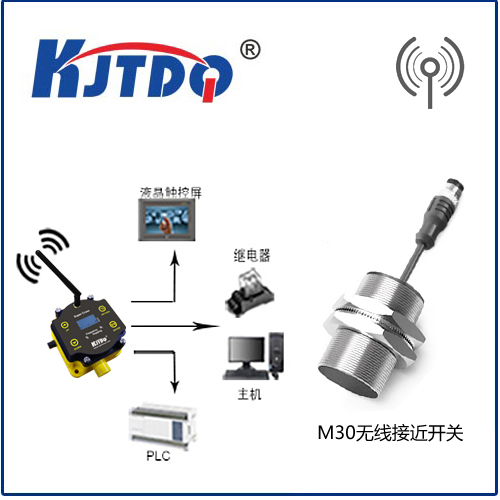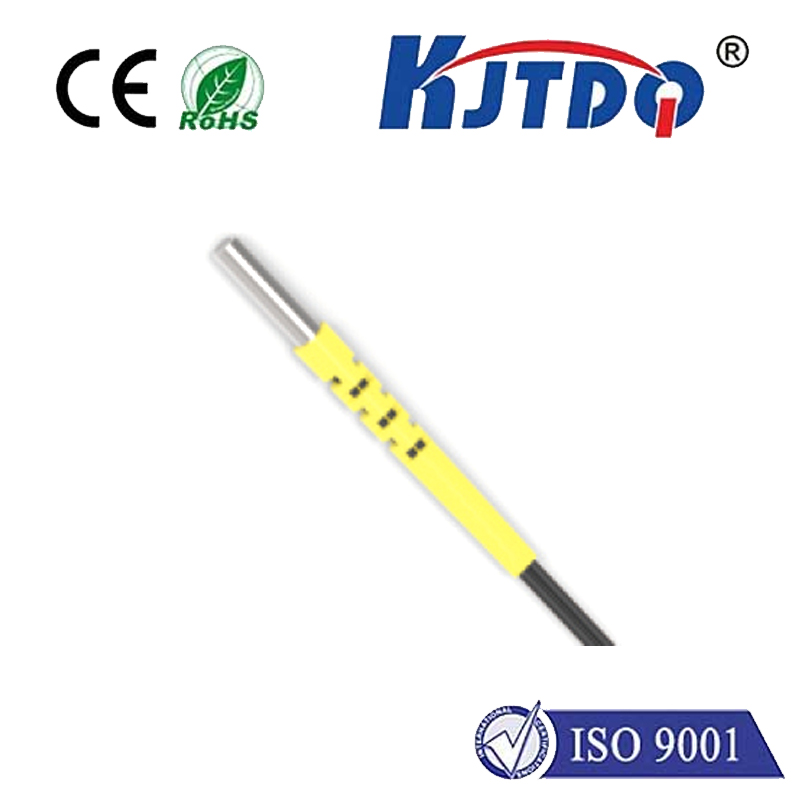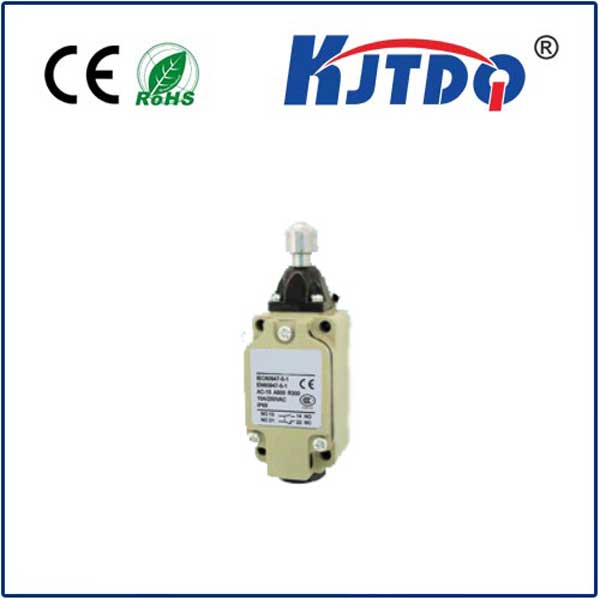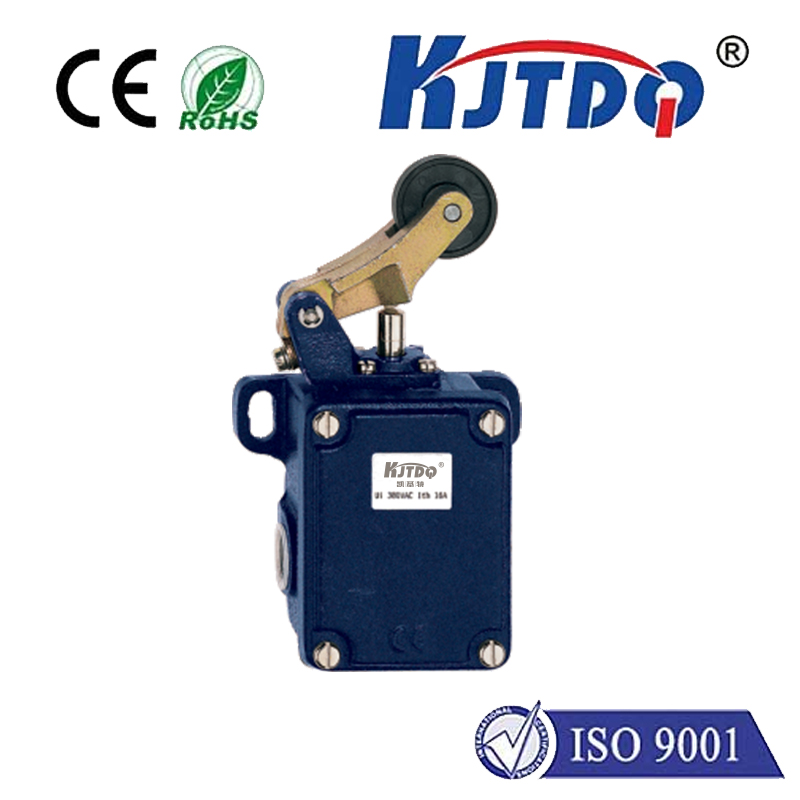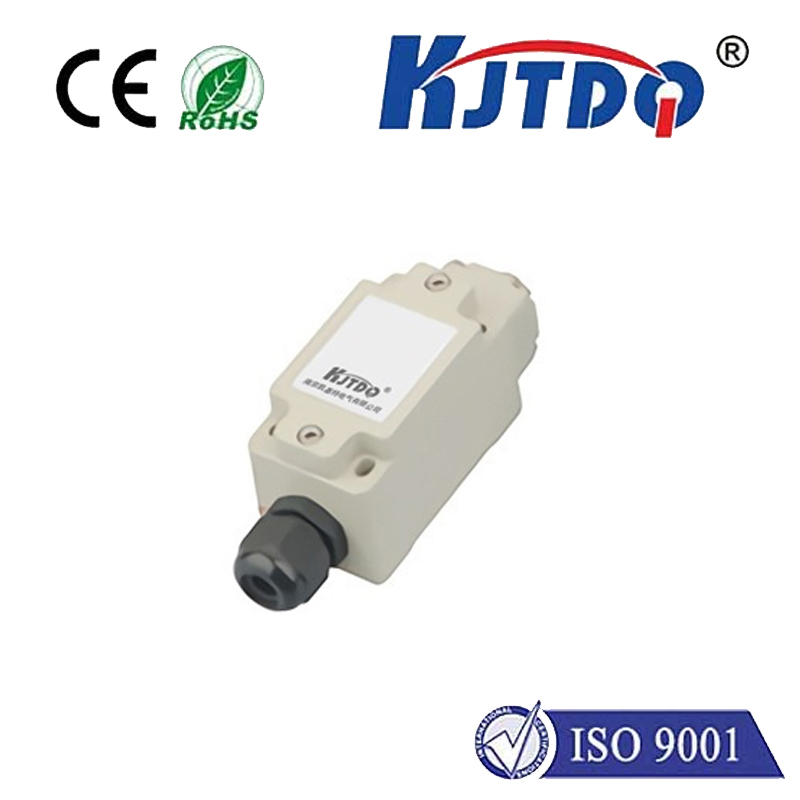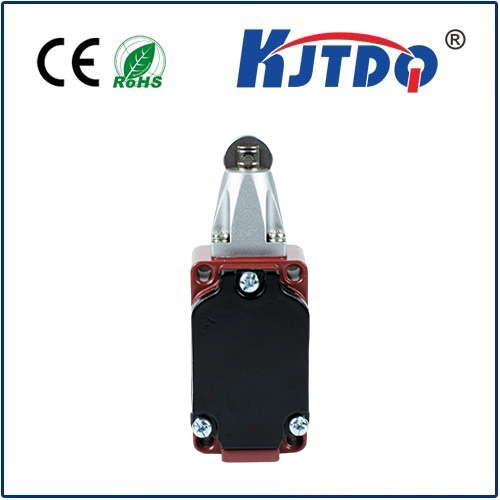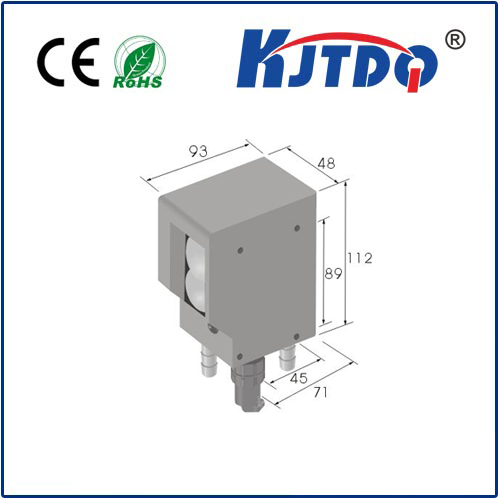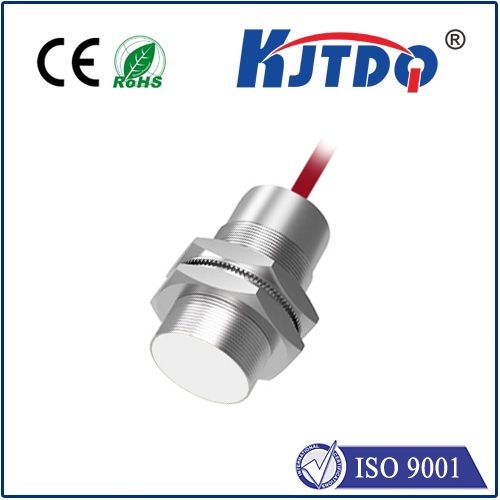

check

check

check

check
Doppler Radar Sensor for Raspberry Pi: Enhancing Weather Monitoring and Agriculture
Doppler radar sensor is a powerful tool used in meteorology to detect and analyze precipitation, wind patterns, and storm movement. With the increasing integration of IoT and embedded systems, the Raspberry Pi has become a popular platform for building custom weather monitoring solutions. This article explores how a Doppler radar sensor can be connected and utilized with a Raspberry Pi, offering a practical and innovative approach to real-time environmental data collection.
The core of this project lies in the integration of a Doppler radar sensor with a Raspberry Pi, allowing for real-time data acquisition and processing. A Doppler radar sensor emits radar waves and measures the frequency shift caused by moving particles, such as raindrops or snowflakes. This frequency shift is then converted into velocity data, which can be used to determine the speed and direction of wind or precipitation. By connecting this sensor to a Raspberry Pi, users can collect and analyze the data in real time, making it an ideal solution for weather monitoring and agricultural applications.

To begin, the Raspberry Pi serves as the central processing unit. It connects to the Doppler radar sensor via a suitable interface, such as a USB or serial connection. Once connected, the Raspberry Pi can read and process the sensor data using Python or other programming languages. The data can be stored in a file or transmitted over a network for further analysis. The use of a Raspberry Pi allows for flexibility and cost-effectiveness, making it an excellent choice for hobbyists and professionals alike.
One of the key advantages of using a Raspberry Pi with a Doppler radar sensor is its ability to handle data processing and visualization. With the help of libraries such as pyserial or pyserialport, users can easily read and interpret the sensor data. Additionally, integrating a display or a web interface can provide real-time visual feedback, making it easier to monitor weather conditions. For instance, a simple web server can be set up to display the current speed and direction of wind or precipitation, enabling users to make informed decisions quickly.
In agricultural applications, the data from the Doppler radar sensor can be used to optimize crop management. By understanding wind patterns and precipitation trends, farmers can make better decisions about irrigation, planting, and harvesting. For example, if the sensor detects heavy rain, the farmer can adjust the irrigation schedule to prevent waterlogging. Similarly, if wind speeds are high, the farmer can take protective measures to safeguard crops from damage.
The project also highlights the importance of software development and data analysis in modern environmental monitoring. The Raspberry Pi platform, combined with a Doppler radar sensor, offers a robust solution for collecting and analyzing environmental data. By leveraging open-source tools and libraries, users can build a reliable and scalable system that meets specific needs.
In conclusion, the integration of a Doppler radar sensor with a Raspberry Pi provides a powerful and flexible approach to environmental monitoring. Whether for weather prediction, agricultural management, or other applications, this combination offers a practical and innovative solution. With careful planning and implementation, users can harness the full potential of this technology to enhance their environmental monitoring capabilities.
